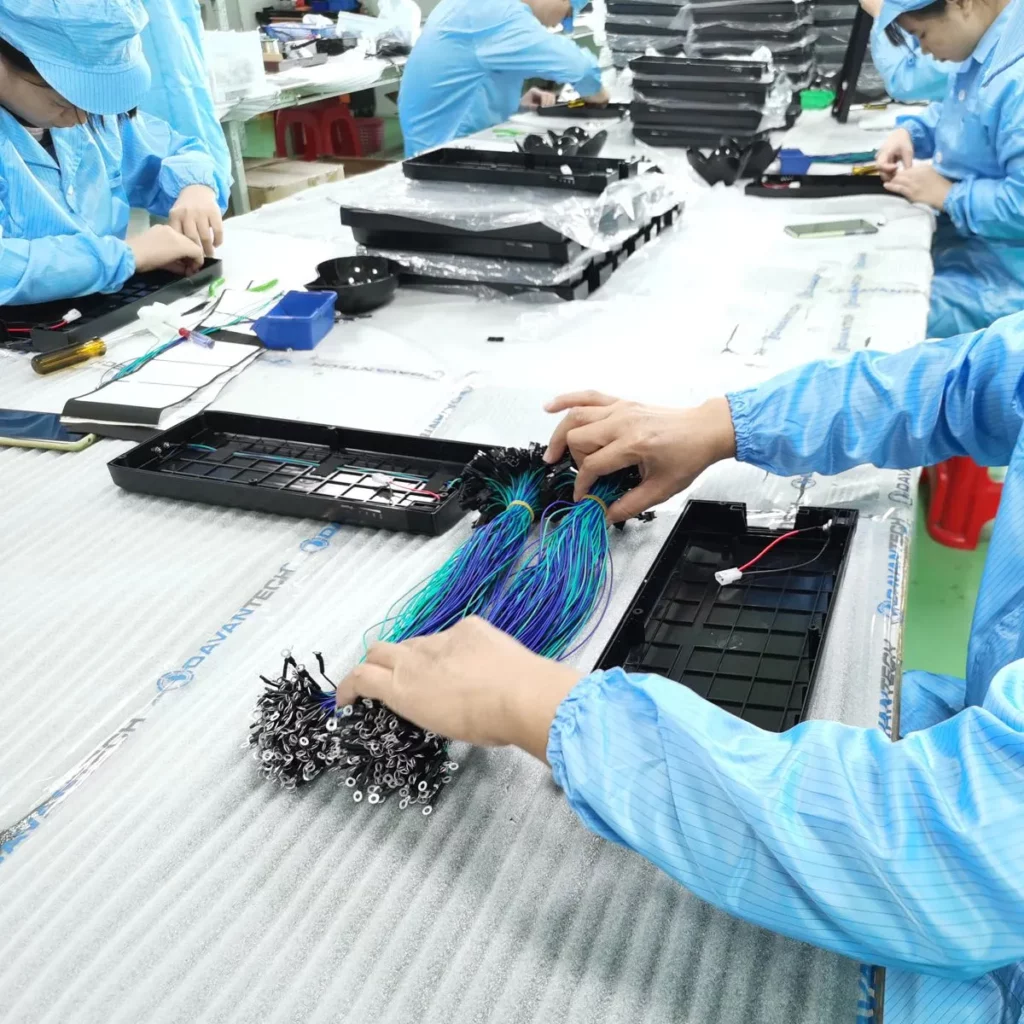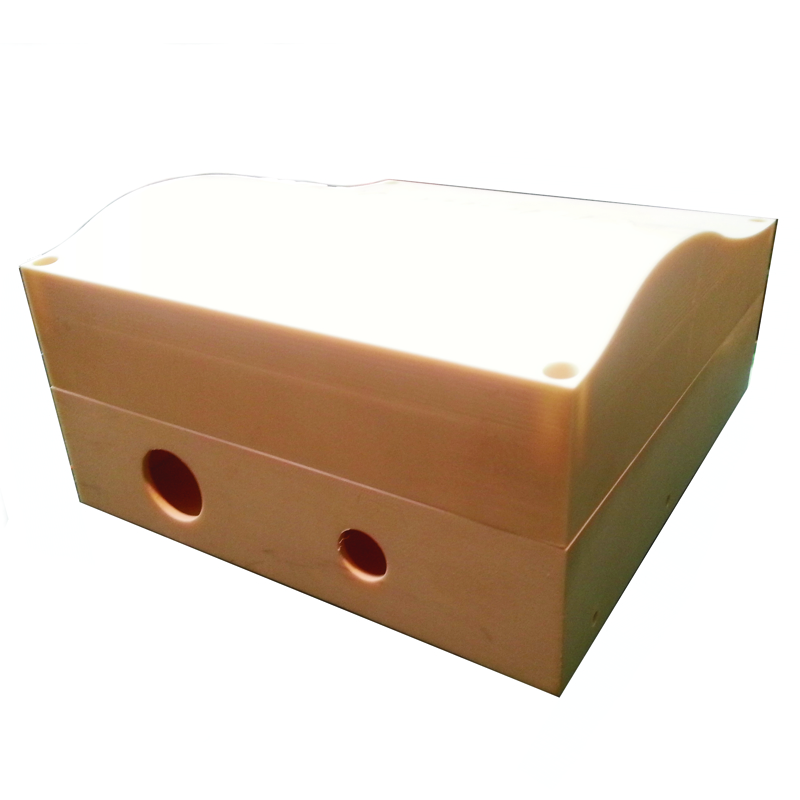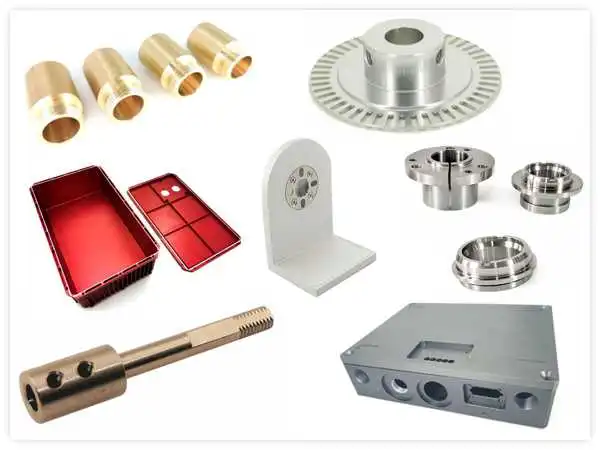
Turning parts in metal and plastic has always been an essential part of the manufacturing industry. The process of turning involves rotating a piece of material, typically a cylinder, and shaping it into the desired shape using a cutting tool. The choice of material for turning metal parts has a significant impact on the final product, and it can range from aluminum to brass, stainless steel, and plastics.
Aluminum turning parts
Aluminum is an ideal material for turning metal parts as it is lightweight, yet strong and durable. It is also an excellent conductor of heat and electricity and is resistant to corrosion. This makes aluminum an ideal choice for parts that are subjected to high temperatures and harsh environments. Aluminum is also easy to work with, making it a popular choice for turning metal parts that require intricate designs.
CNC turning brass components
Brass is another popular material for turning metal parts. It is an alloy of copper and zinc and has a unique combination of strength and ductility. Brass is known for its resistance to corrosion and its ability to maintain its shape even under extreme conditions. This makes it an ideal choice for parts that are subjected to high pressure and wear and tear.
Stainless steel processing on a turning machine
Stainless steel is another popular material for turning metal parts. It is an alloy of iron, chromium, and nickel, and it is known for its excellent resistance to rust and corrosion. Stainless steel is also strong, durable, and has a sleek appearance, making it an ideal choice for parts that require both form and function.
Plastics machining
Plastics are also a popular choice for turning parts, especially when weight is a concern. Components made of plastic are lightweight, yet strong and durable, making them ideal for parts that need to be lightweight and easy to handle. Plastic parts can also be made in a variety of colors, making them an excellent choice for parts that need to match a particular color scheme.
In conclusion, turning parts in metal and plastic is a critical part of the manufacturing process, and the choice of material is of utmost importance. From aluminum to brass, stainless steel, and plastics, each material has its unique properties that make it ideal for certain applications. When selecting a material for turning metal parts, it is important to consider factors such as strength, durability, weight, and resistance to corrosion and wear and tear, to ensure that the final product meets all of the required specifications.



